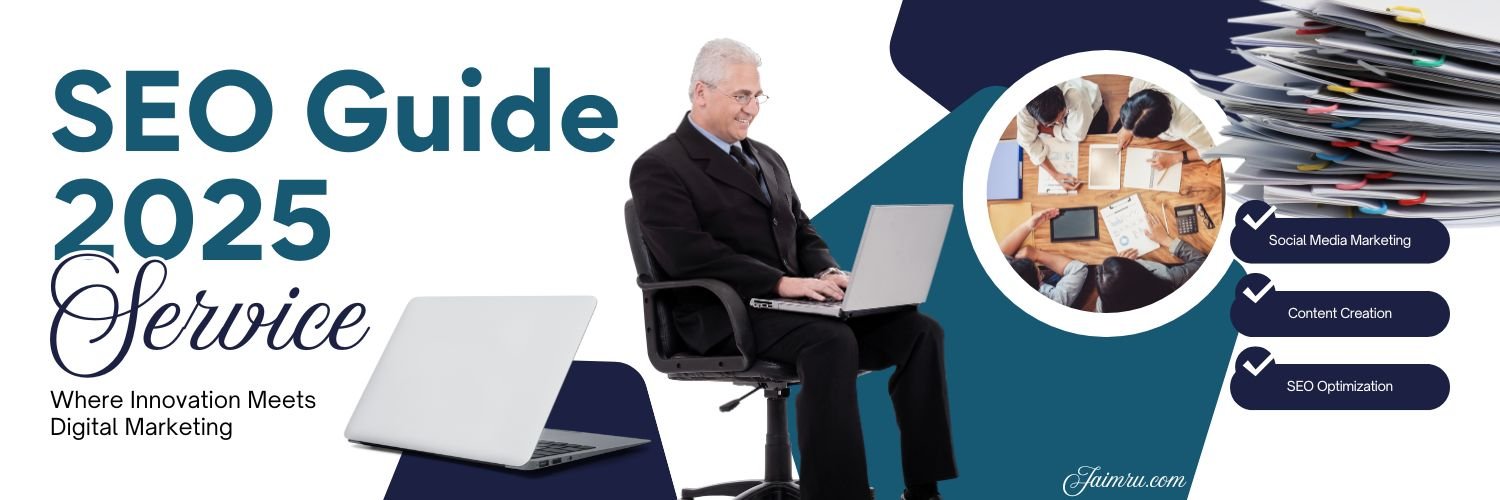
Posted On : 17-05-2025 09:00:00
In this real-time digital era, having a blog does not guarantee success on its own. If others cannot find your material, it will remain invisible. Content that cannot be discovered works no differently from content that does not exist. website's ability to draw visitors organically, without paid advertising. outreach through search engine optimization (SEO), which increases their current position in search engine results.
The core reason website owners, marketers, and bloggers need to learn SEO is because it serves as the fundamental strategy for boosting website traffic while developing brand visibility. A detailed how-to guide will provide core SEO techniques along with all proven strategies for boosting up blog performance and search engine rankings during the next decade.
SEO is a practice of enhancing blog visibility on Google search engines. Google conducts webpage discovery whenever people search for things before it uses various criteria to rank pages, which include relevance and content quality alongside user experience and backlinks.
If your blog is a top search result, "you'll get considerably heavier traffic than if it’s buried on page 2 or 3.
Every effective SEO plan starts with keyword research. This means recognizing what your target audience is searching for and prospectively using those terms in your content.
Example: If you run a travel blog, instead of targeting the broad keyword "travel," try "best places to visit in Europe in summer 2025."
After you've chosen your keywords, the next step is to combine them strategically throughout your blog post.
Avoid keyword stuffing. It makes content unreadable and can lead to penalties.
Google’s algorithm is getting smarter. It no longer ranks pages just for having keywords — it rewards high-quality, valuable, and engaging content.
Google uses a principle called E-E-A-T (Experience, Expertise, Authoritativeness, and Trustworthiness) to judge content quality. Make sure your blog reflects these traits.
Internal linking connects your blog posts to each other, helping both users and search engines navigate your site.
Example: You need a post about “How to Start a Blog,” so you should connect with articles such as “Trending Blog Niche Ideas” and “How to Transform Your Blog into a Business.”
Your anchor text must provide a clear description of the linked content (e.g., “SEO tips” instead of “click here”) so your website structure remains organized with proper categories and tags.
More than 60% of users access blogs on mobile devices. If your blog isn’t mobile-friendly, you’re losing traffic and rankings.
Use a responsive design
Compress images and use next-gen formats (like WebP)
Minimize JavaScript and CSS
Use tools like Google PageSpeed Insights or GTmetrix
Choose fast, reliable web hosting
Google’s Core Web Vitals now factor into rankings, so performance is more important than ever.
Pro tip: Avoid shady link-building tactics. Google penalizes spammy or purchased links.
If you’re using WordPress or a similar CMS, there are great tools to simplify SEO.
Yoast SEO or Rank Math (WordPress SEO plugins)
Google Search Console (monitor site health and keyword rankings)
Google Analytics (track performance and user behavior)
Ahrefs/SEMrush/Moz (advanced SEO tools)
Surfer SEO (on-page SEO optimization)
These tools help you optimize your content, fix errors, and measure your success.
SEO isn’t a one-and-done task. Monitor and tweak your strategy regularly to see what’s working.
Use Google Search Console and Analytics to identify top-performing content, underperforming pages, and opportunities for improvement.
Search algorithms and user behavior are constantly evolving. Stay ahead with these current trends:
Your blog needs SEO to prosper because it stands as a vital requirement and not an optional feature. The combination of quality content production and strategic keyword optimization, along with technical optimization and continuous monitoring, will help your blog achieve higher search rankings while generating enduring traffic.
The key to success lies in beginning with small steps and maintaining a regular output while focusing on audience satisfaction. The results of your SEO work will become visible through time and dedication as your online presence expands and your credibility grows.
Copyright 20-2025 Jaimru Technology Private Limited | All Rights Reserved.